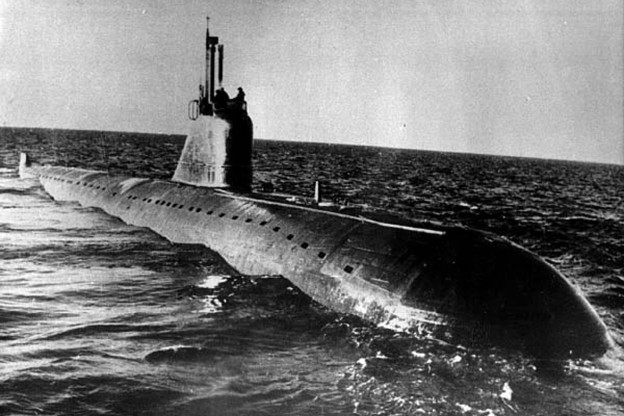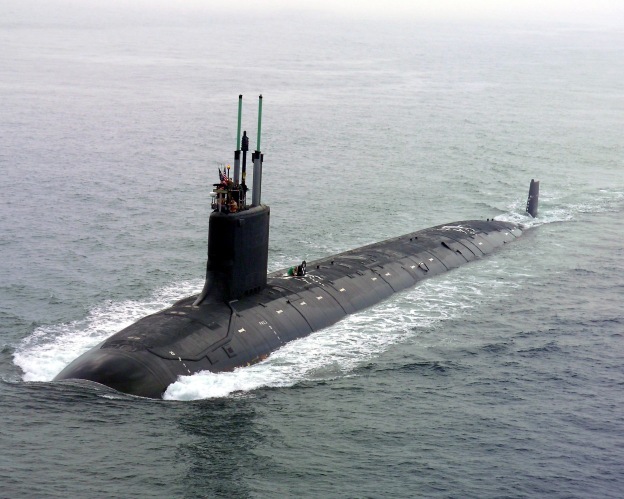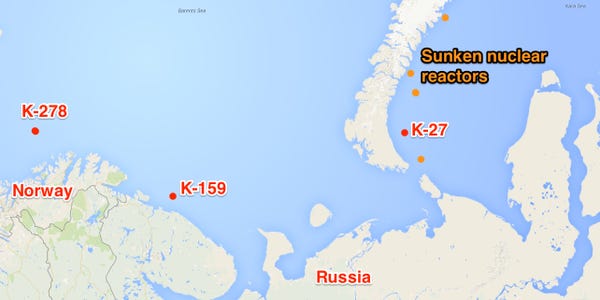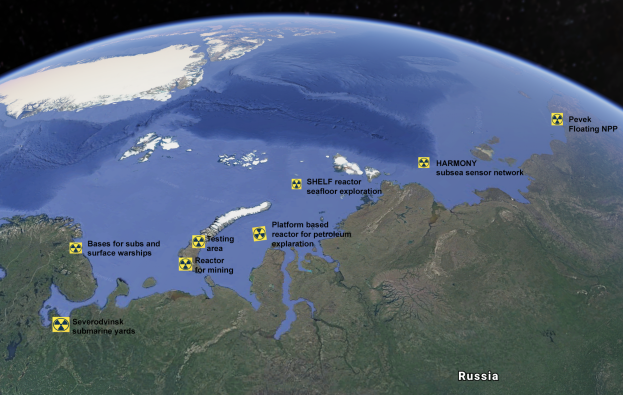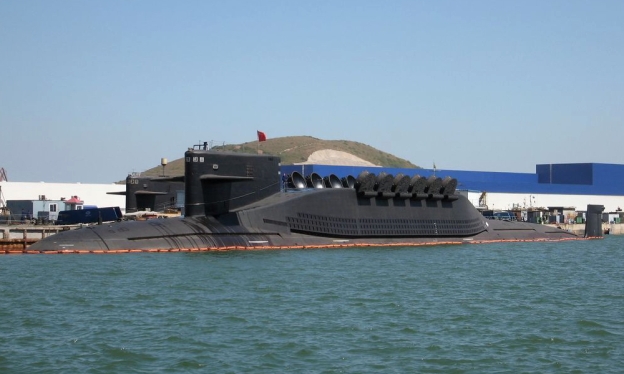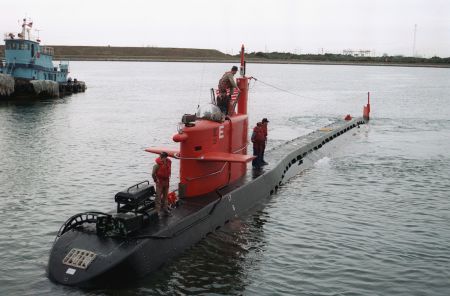In March 2022, a nearly tragic accident involving India and Pakistan pointed to another path to nuclear war. The accident highlighted how complex technological systems, including those involving nuclear weapons, can generate unexpected routes to potential disaster—especially when managed by overconfident organizations.
India and Pakistan possess more than 300 nuclear weapons between them, and have fought multiple wars and faced many military crises. On March 9,2022 three years after their dispute over Kashmir escalated into attacks by jet fighters, the Pakistan Air Force detected “a high speed flying object” inside Indian territory change course and veer suddenly toward Pakistan.* It flew deep into Pakistan and crashed. The object was a BrahMos cruise missile, a weapon system developed jointly by India and Russia. India soon stated the launch was an accident.
The firing of the BrahMos missile falls within a long history of accidents involving military systems in India. Military aircraft have strayed across the borders during peacetime. India’s first nuclear submarine was reportedly “crippled” by an accident in 2018, but the government refused to divulge any details. Secrecy has prevented the investigation of an apparent failure of India’s ballistic missile defense system in 2016. Engagements between India and Pakistan can arise from such accidents, as in 1999 when a Pakistani military plane was shot down along the border by India, killing 16 people. Pakistan has had its share of accidents, including a Pakistani fighter jet crashing into the capital city in 2020.
All these weapons systems are inherently accident-prone because of two characteristics identified by organizational sociologist Charles Perrow decades ago—interactive complexity and tight coupling—that combine to make accidents a “normal” feature of the operation of some hazardous technologies. The first characteristic refers to the possibility that different parts of the system can affect each other in unexpected ways, thus producing unanticipated outcomes. The second makes it hard to stop the resulting sequence of events. For Perrow, “the dangerous accidents lie in the system, not in the components,” and are inevitable.
Perhaps the best and most troubling proof of this proposition is in the realm of nuclear weapons—which embody all the properties of high-risk technological systems. Despite decades of efforts to ensure safety, these systems have suffered many failures, accidents and close calls. During 1979–1980, for example, there were several false warnings of Soviet missile attacks, some of which resulted in U.S. nuclear forces being put on alert.
Given the secretive nature of Indian nuclear policymaking, little is known about India’s nuclear command and control system. However, the 1999 Draft Nuclear Doctrine called for “assured capability to shift from peacetime deployment to fully employable forces in the shortest possible time.” The combination of technology and plans for being able to rapidly launch nuclear weapons raises the risk of accidental and inadvertent escalation to nuclear war.
South Asia’s geography is pitiless. It would only take five to 10 minutes for a missile launched from India to attack Pakistan’s national capital, nuclear weapon command posts or bases….Compounding these dangers is the overconfidence of India’s officials, who displayed no recognition of the gravity of the Brahmos accident.
Excerpt from Zia Mian, M. V. Ramana, India’s Inadvertent Missile Launch Underscores the Risk of Accidental Nuclear Warfare, Scientific American, Apr. 8, 2022

